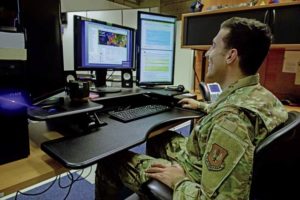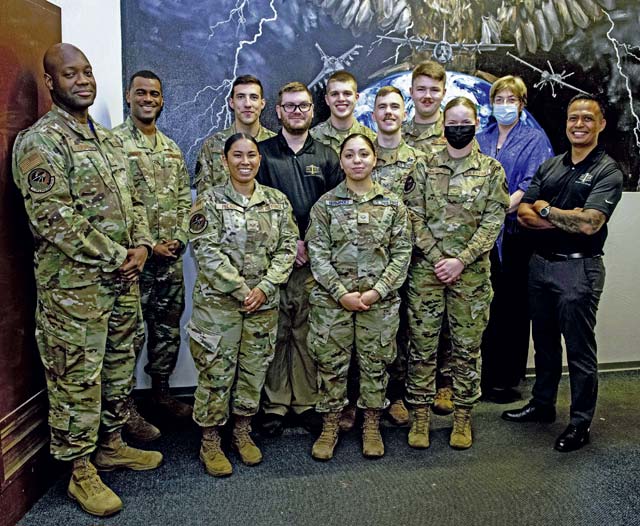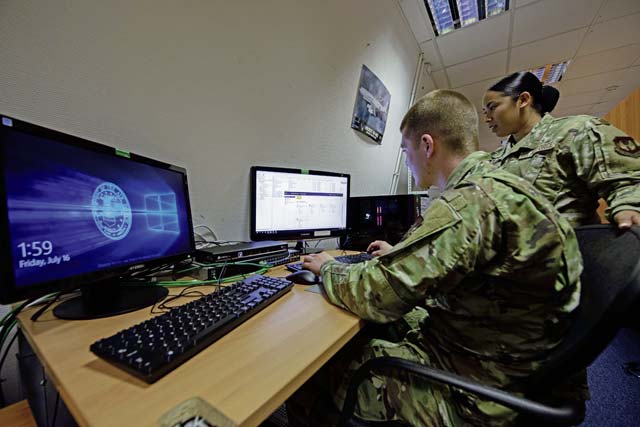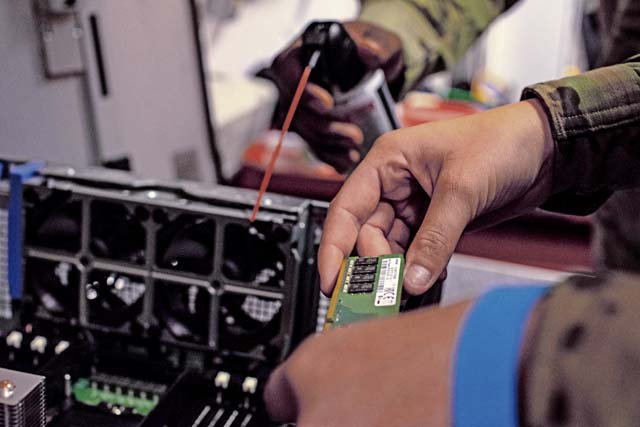
The 1st Air and Space Communication Squadron participated in an Integrated Air and Missile Defense exercise at Ramstein Air Base, July 1-2.
The 1 ACOS provides Theater Ballistic Missile Warning data to the United States Air Forces in Europe and Air Forces Africa Nuclear Operations Center and seven regional command posts by ensuring missile threat data is communicated effectively. This enables mission operations supported by U-A.
“IAMD exercises focus on the rapid response to air and missile threats,” said Gloriel Pia, 1 ACOS global command and control operations chief. “The ability to detect, track, warn, and defeat a threat enables U.S. and allied combat power in Europe. The 1 ACOS provides uninterrupted access to critical networks at extremely low latency, which enables a rapid response.”
The 1 ACOS rapid response capabilities to missile threats allows the generation of combat power to address and prevent future attacks within the European theater.
“Deterrence is the key to protecting European and U.S. sovereignty,” Pia said. “By supporting this event, the 1 ACOS helps shape how U-A deters threats and how we respond.”
IAMD operations involved major theater exercises, such as Austere Challenge, Astral Knight, and Formidable Shield.
Coordinating with multiple units provides the 1 ACOS a unique opportunity to combine the efforts of geographically separated units. Master Sgt. Shimir Bishop, 1 ACOS GCCO section chief, attributes his team’s success to continuous flexibility, as well as consistent training programs, which maintain readiness and efficiency.
“We have become stronger as a unit and built our training to withstand breaks in continuity,” Bishop said. “These changes have made our team closer and function more like a family to maintain morale within our section while executing the mission at a high level. This is why we stay cohesive and successful.”










